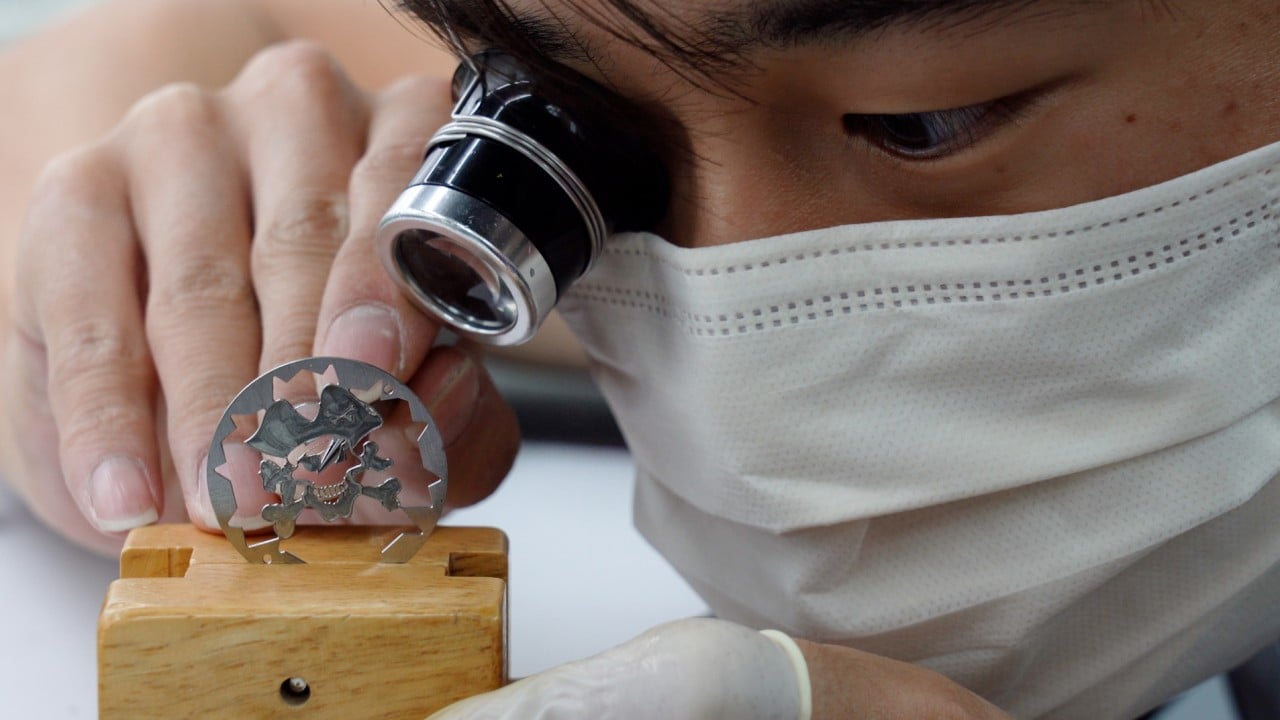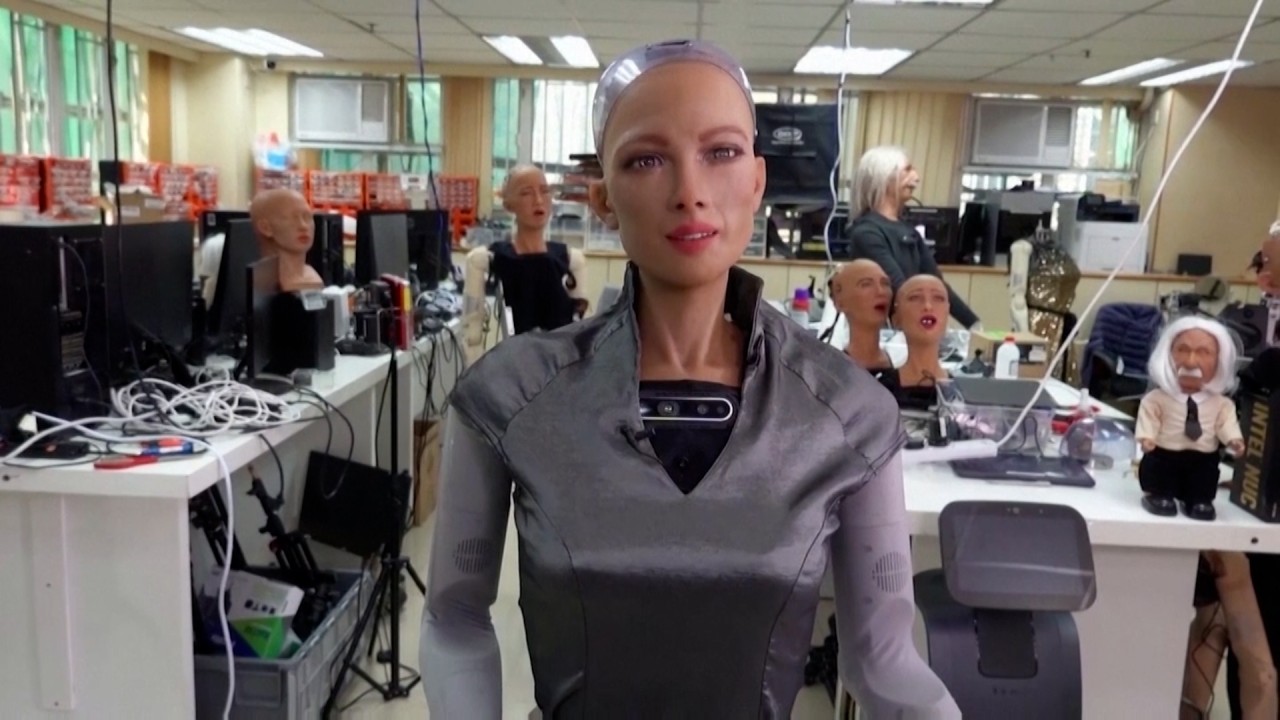
Three steps Hong Kong can take to stop spinning its wheels on re-industrialisation and spur economic growth
- While the government’s push to revitalise manufacturing has waned, Covid-19 has shown the importance of diversification
- More spending on research, commercialising its findings, and a clear policy direction that takes the Greater Bay Area into account, would provide the needed boost
Re-industrialisation, once a key government initiative, seems to have lost steam in Hong Kong. First mentioned in the 2016 policy address, it aims to automate or upgrade factory production processes using advanced information technology and automation.
According to a report from the World Economic Forum and McKinsey, some US$3.7 trillion of extra value could be created by manufacturers and suppliers implementing re-industrialisation in their global operations by 2025.
Since 2016, in addition to establishing the Committee on Innovation, Technology and Re-industrialisation, the Hong Kong government has provided infrastructure and facilities for fostering industrial research and development (R&D) and advanced manufacturing, as well as funding support, such as the HK$2 billion (US$258 million) Re-industrialisation Funding Scheme under the Innovation and Technology Fund.
However, progress has been far from satisfactory. According to a 2020 report from the Legislative Council Secretariat Research Office, “there has been a marginal growth of the economic contribution of the innovation and technology industry, from the static rate of 0.7 per cent in the previous nine years to 0.8 per cent of GDP in 2018.”

05:04
Unique market position of ‘Made in Hong Kong’ companies vanishes under US relabelling order
However, the Covid-19 pandemic has taught us how vital it is to diversify economic development. We need to take re-industrialisation more seriously. I would suggest three directions.
First, substantially increase R&D expenditure. As technology plays a major role in re-industrialisation, investing in R&D is crucial.
Second, R&D should be tied to commercialisation and application. Hong Kong is strong in basic scientific research and was 12th in the world in the 2020 ranking for top scientists in computer science and electronics.

04:04
Hong Kong company aims to mass produce human-like robots for health care uses
Third, we need a holistic industrial strategy, including a clearer government stance on the definition of re-industrialisation and its development direction.
How smartphone batteries can power re-industrialisation of Hong Kong
Though manufacturing only contributed 1.1 per cent of Hong Kong’s GDP in 2019, a report last June by the Chinese Manufacturers’ Association of Hong Kong revealed there were more than 21,000 Hong Kong-invested manufacturing enterprises in the Pearl River Delta with a total of estimated turnover of HK$900 billion. More than 90 per cent of them were headquartered in Hong Kong.
The report questioned why the government had not considered a re-industrialisation strategy within the Greater Bay Area, where these Hong Kong companies have production lines on the mainland. It also said most Hong Kong manufacturers in the Greater Bay Area were small and medium-sized enterprises with limited R&D capability.

02:35
China's ambitious plan to develop it own ‘Greater Bay Area’
Traditional sectors can still be a target market for applying R&D results. For example, advanced machinery and robotics can be used in garments, electronics and food processing, all major sectors in the Greater Bay Area.
Upgrading traditional manufacturing in Hong Kong and the Greater Bay Area can form a key part of Hong Kong’s smart manufacturing and re-industrialisation strategy. The government must work with local stakeholders to establish a sustainable re-industrialisation ecosystem and promote R&D and collaboration.
To make commercialising the gains from this strategy economically viable, re-industrialisation policy should look at the Greater Bay Area and Southeast Asia as potential export markets to overcome the lack of local demand. By doing this, re-industrialisation in Hong Kong can really take flight.
Dr Winnie Tang is an adjunct professor in the Department of Computer Science, Faculty of Engineering; Department of Geography, Faculty of Social Sciences; and Faculty of Architecture, at the University of Hong Kong

